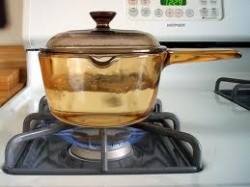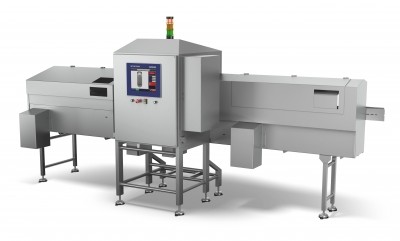Most foreign body food contamination happens at home

Recent research by Glass Technology Services (GTS) revealed that 70% of fragments found in food products by consumers and submitted for analysis had originated from items commonly found in the home.
The researchers concluded that only 30% of contamination incidents were the fault of the manufacturer.
Glass packaging
Andrew Broadhurst, development technologist at GTS, said: “In most cases submitted to us, contamination by the manufacturer is not the most logical explanation, even when glass packaging is used.”
In the programme GTS used a random selection process of 125 samples sent to it for fragment analysis and found that 32% were contaminated with borosilicate-based glass.
Borosilicate-based glass is typically used for cookware and glassware, made to withstand high temperatures. The contamination was most likely to have been introduced inadvertently by consumers during cooking, from measuring jugs or casserole dishes, the research found.
A further 38% of samples were contaminated with soda-lime-silica based glass – a common glass composition used for household products such as jars, bottles or mixing bowls.
The remaining 30% were found to be from other sources.
The programme was set up to identify the most likely source of stray glass or other material and to exclude potential sources.
“Food manufacturers know the potentially devastating impact of customers finding foreign objects in their food and drink – when that object is thought to be a glass fragment, the ramifications are obvious,” said Broadhurst.
Fragment analysis service
“That’s why we have been investing heavily in our fragment analysis service, both for glass and non-glass samples. It enables us to identify the most likely source of stray glass or other material and – most importantly – exclude potential sources.”
Last week Neil Giles, marketing communications manager at product inspection firm Mettler Toledo, told FoodManufacture.co.uk that the massive costs of food and drink product recalls could often be attributed to product contamination.
A product contamination incident could be enough to finish off especially – a small-scale food and drink manufacturing business, he said.
Although not the result of a contamination, Britivic’s recall of its Robinson’s Fruit Shoot drinks after a six-year-old boy nearly choked on a ‘spill proof cap’ cost the firm £25M last July.
GTS claimed it can help firms manage suspected contamination incidents by providing test results within 24 hours. “Results can be issued electronically within 24 hours of receiving the sample and, depending on the urgency, within a few hours,” said Broadhurst.















